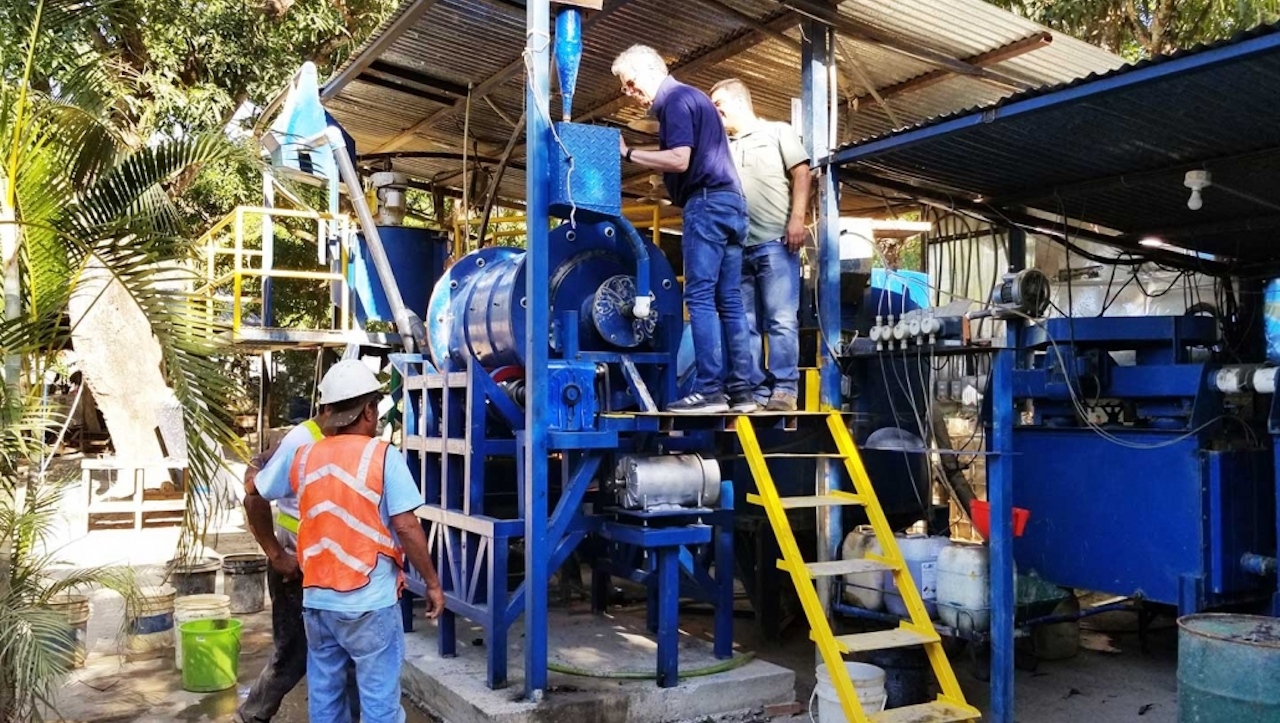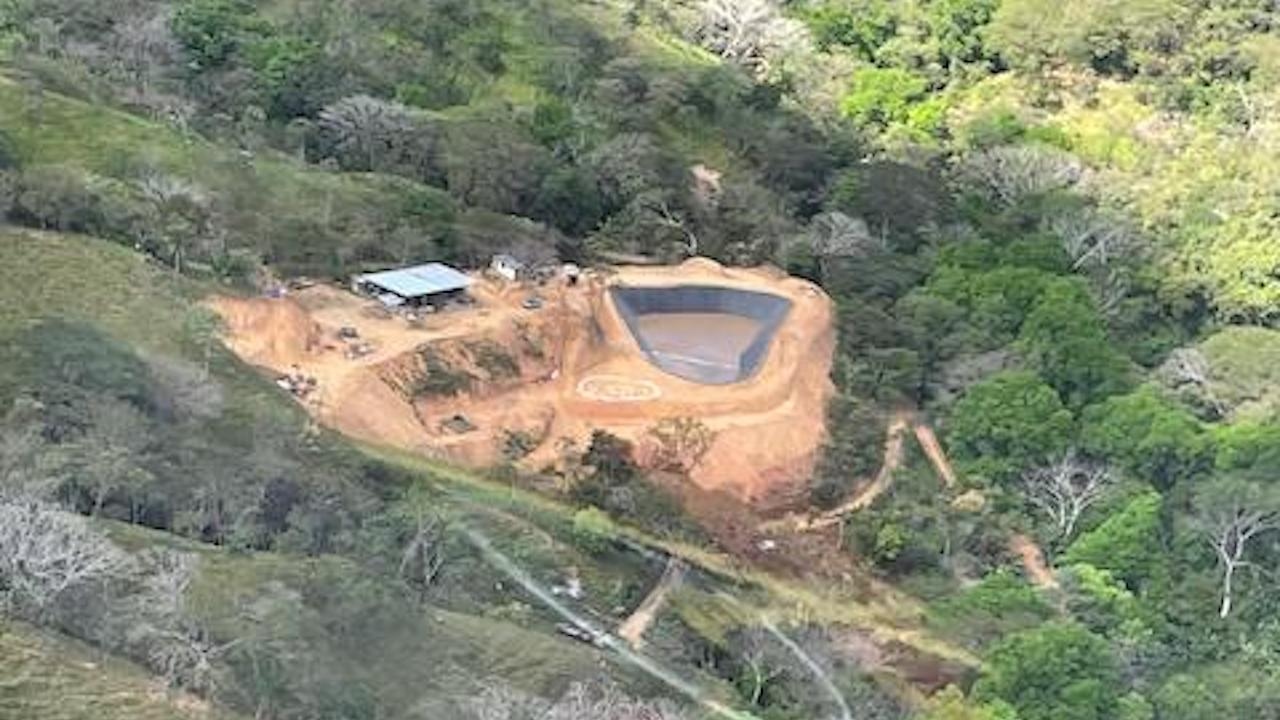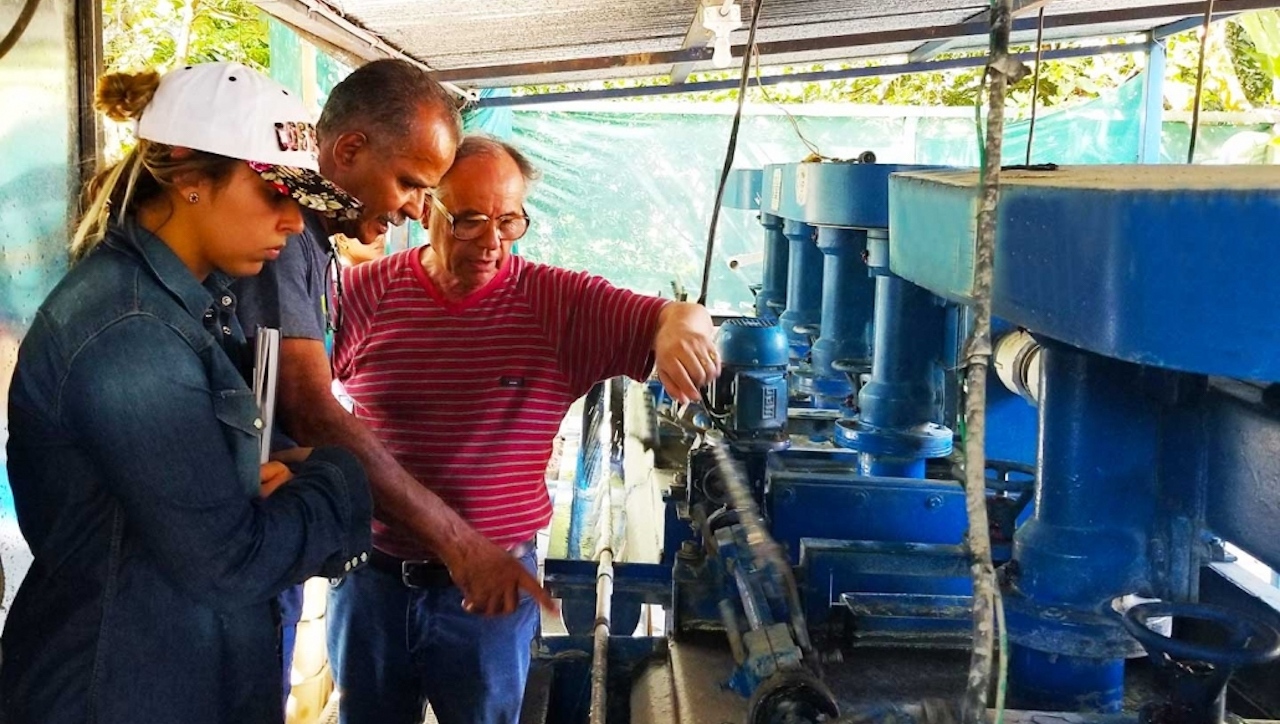Aug 4, 2021
Newlox Gold: bringing gold production and environmental remediation together in Central America

- Gold looks to be in a long-term uptrend, and yet with gold mining comes environmental liability
- Newlox Gold’s cleantech gold production model is focused on remediating the environmental impact of the US$27 billion artisanal mining sector
- With its first project ramping to full production by summer’s end and its second set to do so by early 2022, Newlox aims to deliver profits and ESG benefits to shareholders
Since surging to an all-time high of US$2063/oz a year ago, gold trading has continually fluctuated and currently stands at US$1,800/oz.
Even at those lower price levels, major gold miner demand has remained steady for new deposits of the yellow metal. Plus, accelerating U.S. inflation is giving gold bulls reason to hope that higher prices are around the corner.
Looming over this promising environment is the ongoing fact that gold mining has a significant impact on its surrounding areas. That fact has kept some more environmentally conscious investors on the sidelines, even though gold has performed consistently well over the past few years.
"We’ve developed a model where we can clean up waste from artisanal gold mining and make money doing it. Our actual costs are very low and when you mix low costs with high grades, you get great margins.” — Ryan Jackson, CEO, Newlox Gold Ventures Corp.
Canadian cleantech and remediation company, Newlox Gold Ventures Corp. (CNSX: LUX | FRA: NGO), is addressing that challenge head-on with an environmental, social and governance (“ESG”) gold production model.
Newlox CEO, Ryan Jackson, notes, “unlike typical gold producers who focus on limiting their environmental impact, Newlox is actively seeking to provide an environmental benefit.”
Costa Rica as a testing ground for remediation technology
Given the company’s focus, Newlox’s choice of Costa Rica for its first two projects makes perfect sense. Its government has green policies that align with Newlox’s environmentally sustainable business practices.
The country has also seen a shift from large-scale to artisanal mining, a term for mining conducted by smaller, local operators. When compared to the modern processing techniques used by large-scale miners, artisanal mining tends to be more environmentally damaging because it uses a mercury-based process called amalgamation to extract gold from ore.
Besides its greater environmental impact, amalgamation only results in around 40 per cent gold recoveries. That means the waste material left behind by multiple decades of artisanal mining in Costa Rica still contains a lot of gold.
Newlox’s tailings remediation model enables artisanal miners to convert waste material into a valuable revenue stream while reducing the environmental impact of their operations.
Jackson comments, “our model pays for the cleanup of the local landscape, sends extra revenue to artisanal miners and allows them to spend more time mining. It’s a win-win-win solution.”

Project guided by R&D from UBC’s environmental reclamation facility
To develop this model, Newlox leveraged its connections with the University of British Columbia’s Dr. Marcello Veiga, who is a global expert in artisanal mining and a professor emeritus at UBC’s Norman B. Keevil’s Institute of Mining Engineering.
The company based its processing facility in Costa Rica on extensive R&D and testing conducted by the institute. That facility is the centerpiece of the Costa Rican Gold Belt project, Newlox’s first active operation in the country. While spearheading the research behind this initial project, Dr. Veiga also agreed to sign on with the company as chief of research and development.
The project consists of a processing facility and an agreement with more than 30 of the belt’s artisanal mining cooperatives for their sites’ accumulated waste material. This reclamation project is already in operation and should achieve full-scale commercial production by the end of the summer.

Newlox forecasts that the facility will produce 6,500 oz of gold per year at full scale. “We’ve developed a model where we can clean up waste from artisanal gold mining and make money doing it. Our actual costs are very low and when you mix low costs with high grades, you get great margins,” notes Jackson.
Intent on growing the project pipeline
With that thought in mind, Newlox has already secured its second project in Costa Rica. Dubbed Boston, this project is fully permitted and currently under construction. It lies within the country’s historic Juntas Gold Camp and is a site of active artisanal mining.
At Boston, Newlox intends to act as a contracting mineral processor, one that will provide a more environmentally friendly processing operation and increase the yields of artisanal mining from 40 per cent to north of 95 per cent.
In case you missed our latest press release, we've made great advances in the construction of our Boston Processing Facility. $LUX
— Newlox Gold Ventures Corp (@NewloxGold) May 31, 2021
Our CEO, Ryan Jackson, is glad to share said results. Read more in the press release here: https://t.co/PFox2pOKnv pic.twitter.com/0r0kn3HRHM
Jackson adds, “Boston is based on a partner mining arrangement. Rather than assessing a toll on the processed ore, we will actually split the profits with the miners.” He expects the project to be operating this fall and to ramp to full-scale production by early 2022.
Newlox’s project pipeline is likely to grow quickly from there. Already, the company has established a beachhead in Brazil, which has an abundance of artisanal mining. By leveraging Dr. Veiga’s connections in the country, Newlox has partnered with NAP. Mineração, the centre for small-scall responsible mining at the University of Sao Paulo.
That partnership has already identified three areas that could benefit from Newlox’s ESG-focused plants. As part of this effort, Newlox will also seek to monetize its proprietary gold reclamation R&D, which Jackson says “could be an asymmetrical win for shareholders, as it’s only a small part of our budget.”
A US$27 billion market opportunity
The ramp-up at Boston and this initial move into Brazil both dovetail nicely with Newlox’s long-term objective to grow into a global gold producer with a high standard of social responsibility.
We are pleased to provide further information about our entrance to the Brazilian gold scene. $LUX
— Newlox Gold Ventures Corp (@NewloxGold) July 8, 2021
We plan on developing ESG-focused precious metals projects in Brazil through new partnerships with local artisanal mining groups.
Read more: https://t.co/PzPx7PLcT9 pic.twitter.com/an80QLH428
Underscoring the company’s growth potential was a recent analyst’s report that forecasted Newlox’s price-earnings (“PE”) ratio at 2.8 times compared with an average producer PE multiple of 28.8 times. For those new to investing, that analysis suggests the company’s share price has substantial room to grow to catch up with the average trading levels, relative to earnings, of its gold-producing peers.
With the global artisanal gold sector estimated to generate US$27 billion annually, Newlox’s target market is vast, giving it the ability to rapidly fill its project pipeline. Jackson’s goal for his company is “to build a least two base-scale projects per year for the next five years and become a mid-sized gold producer that generates around 145,000 oz annually.

It is a unique business plan that involves low capital expenditure projects that can be commissioned rapidly. Moreover, Newlox’s ESG values and initiatives make it more of a cleantech company than a mining company, one that is already remediating historical mining contamination in Costa Rica and improving conditions for miners.
In a gold market, these environmental benefits combined with a low-capex and high-margin business model make Newlox Gold a unique cleantech production story.
To learn more about Newlox Gold, visit their website here.
For more up-to-date news, follow Newlox Gold on social media: